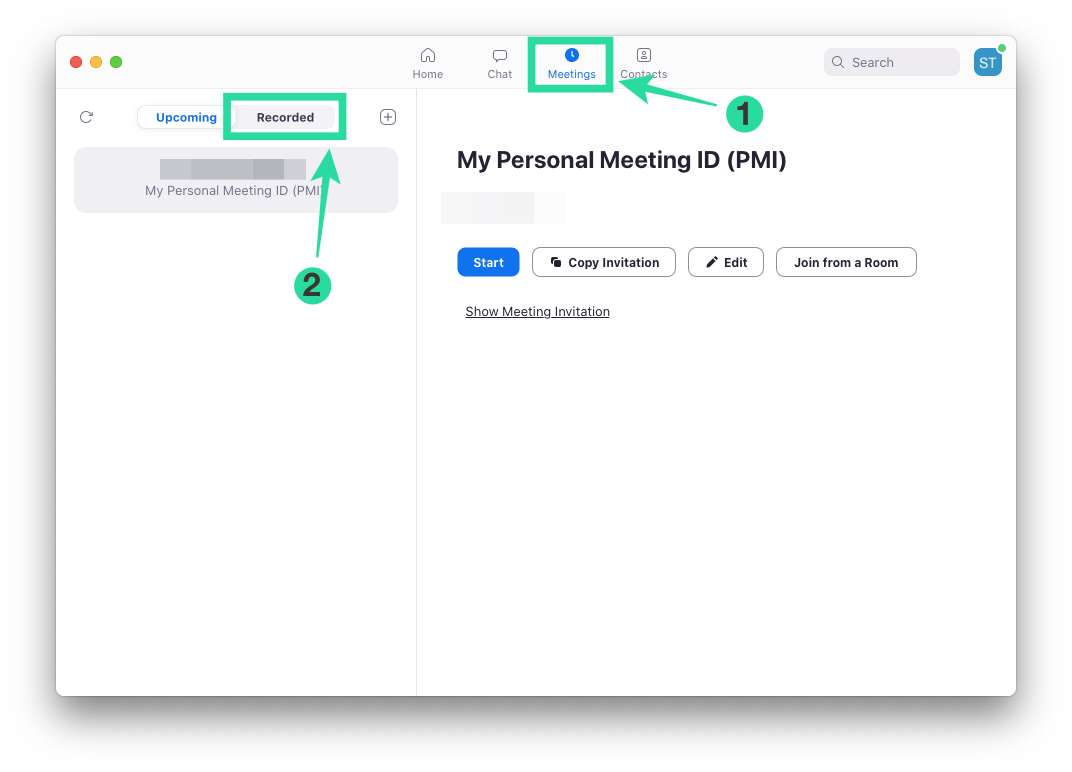Zoom offers a way to record video and audio of a meeting session on a computer and the feature is available for both free and paid users of the service. Users can convert local recordings on a Mac or Windows computer but not on iOS or Android and can later share them to any cloud storage service like Google Drive, Dropbox, and others.
If you’re a host or a participant with recording privileges, you will be able to store recordings of your Zoom meetings on your computer and later access them. Once a meeting ends, Zoom attempts to convert the recordings so that you can access them in a file format that’s easily playable (MP4 for video and M4A for audio).
On some occasions, file conversion of these recordings can be interrupted and not all your files would have been converted to MP4 and M4A formats. To solve that, you can manually convert your Zoom recordings by following the guide below.
Related: How to edit Zoom recordings on Max using iMovie
Why local recording conversion on Zoom could have failed
Ideally, Zoom will start converting your recording sessions from “.zoom” files to “.mp4” or “.m4a” files when you end a meeting. Sometimes, the conversion process could be interrupted, thus rendering the recording files from getting converted. The following are some reasons why recording conversion could have failed.
- Zoom app could have gotten force closed
- You shut down your Mac unexpectedly or if the system went to sleep automatically
- There’s low space on your Mac to record meetings
- Files can get corrupted if you renamed them
- Internal errors due to logic issues and invalid commands
How to convert local Zoom recordings manually on a Mac
The following guide will help you manually convert local Zoom recordings on a Mac.
Method 1: Using Zoom desktop client
If you’re running the Zoom desktop client version 4.6.10 or later, you can manually convert meeting recordings by following the steps below.
Step 1: Open the Zoom app on your Mac and click on the Meetings tab at the top.
Step 2: On the left sidebar, click on the Recorded tab. 
Step 3: Select the meeting whose recording you want to convert and click on the ‘Convert’ button to convert the recording to MP4 or M4A. 
Method 2: Using ‘double click to convert’
You can use this method to manually convert your recordings on Zoom. This can be used for the Zoom desktop client older than version 4.6.10.
Step 1: Open Finder from your dock, and head over to Documents > Zoom > [Zoom recording folder with today’s date].
Step 2: Double-click on the file named “double click to convert”. 
This will start the conversion process on Zoom and you will be able to access the converted files in the same folder.
Method 3: When ‘double click to convert’ fails
On rare occasions, even double-clicking on the files won’t be enough to convert them, and to help you proceed with the conversion, we have prepared the following guide based on a suggestion inside Zoom’s developer forum.
Step 1: Open the Zoom app on your Mac and start a meeting with yourself by clicking on the New Meeting button on the home screen. 
Step 2: Click on the Record button at the bottom to start recording a meeting with yourself and then select ‘Record on this computer’.
This will create a new recording folder on your Mac with the current date, thus giving you a bridge to convert you previously-recorded files.
Step 3: After a few seconds, stop the recording (but NOT the meeting) by clicking on the Stop button at the bottom. 
Note: DO NOT end your current meeting session.
Step 4: Open Finder from your dock, and head over to Documents > Zoom > [Zoom recording folder with today’s date].
Step 5: Copy your older recording file named “double_click_convert file.zoom” and paste it to this folder. If there are multiple recording files, then rename them as “double_click_to_convert_01.zoom”, “double_click_to_convert_02.zoom”, and so on, copy them and paste them to the Zoom recording folder with today’s date.
Step 6: After you’ve copied all your older recording to the mentioned folder, click on the End Meeting button at the bottom right of your Zoom meeting window. 
Zoom will now start the conversion process for all of your previously recorded meetings and convert them to MP4 and M4A files. You will be able to access the converted recording inside Documents > Zoom > [Zoom recording folder with today’s date]. 
Were you able to convert your recordings on Zoom using any of the methods mentioned above? Let us know in the comments below.












Discussion